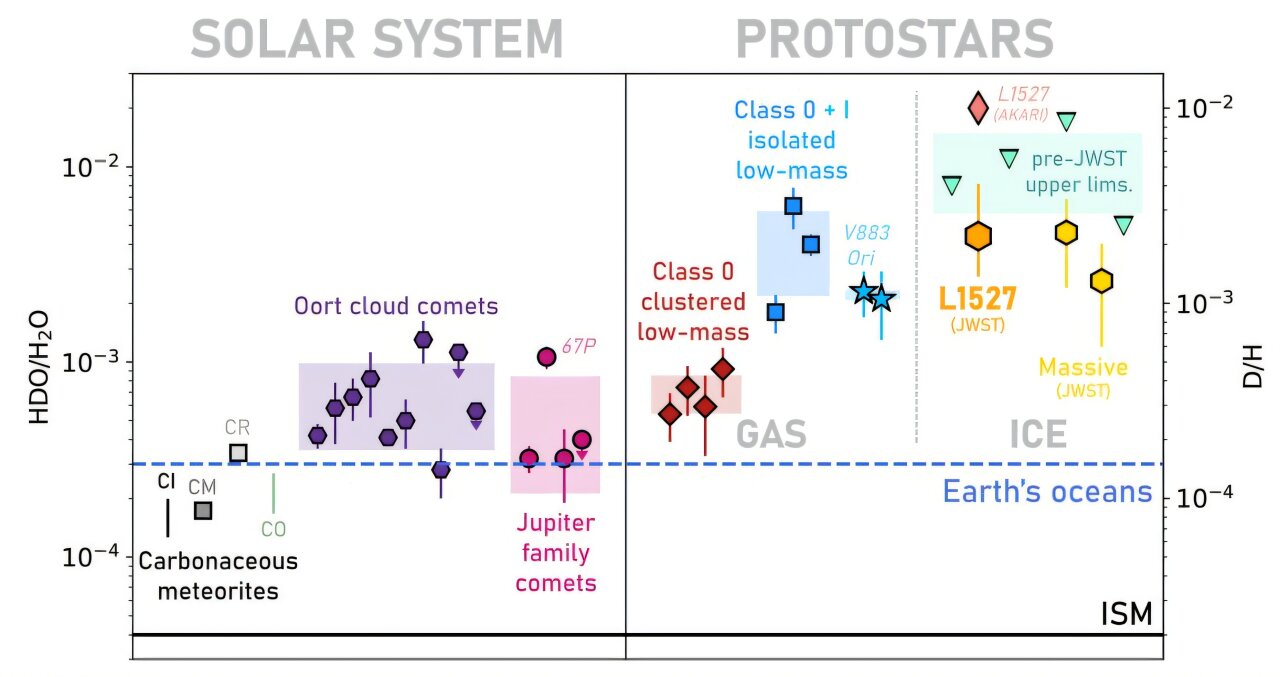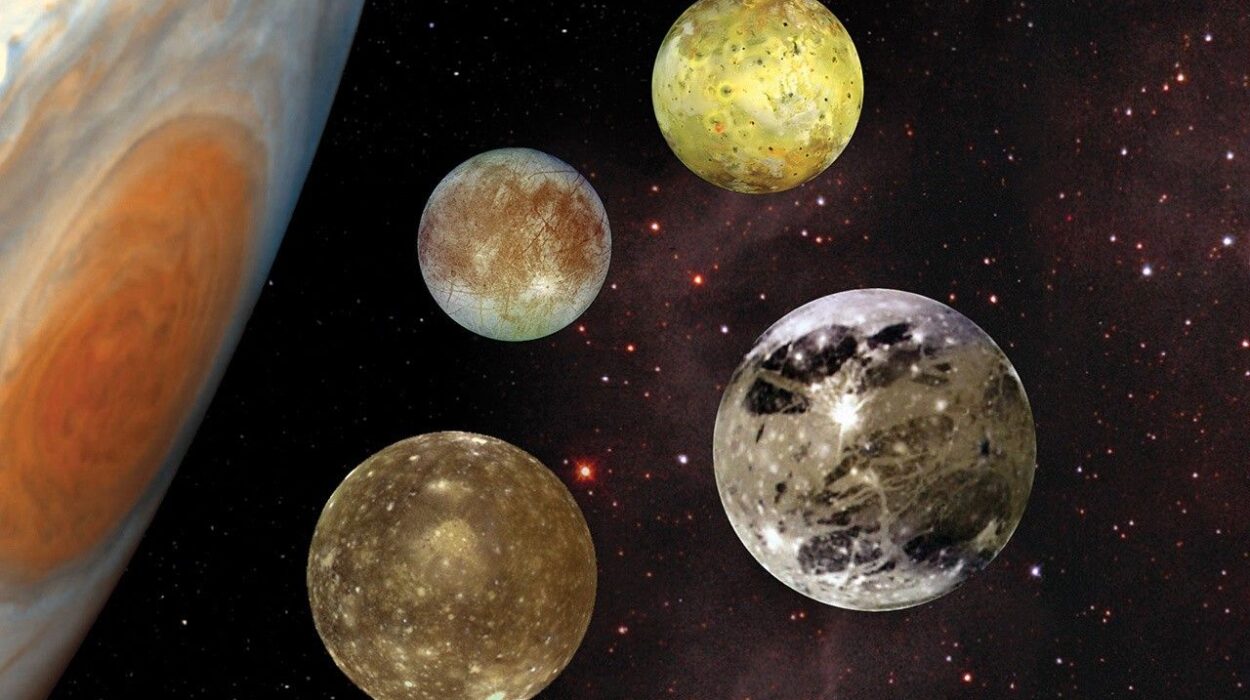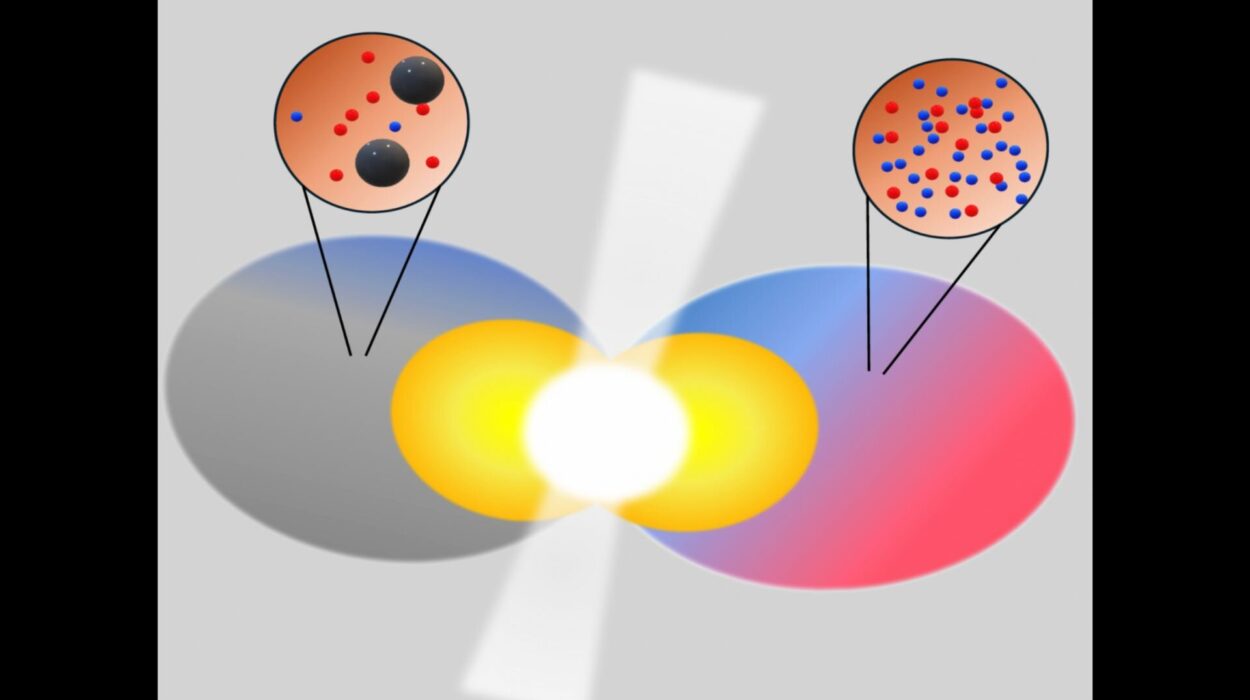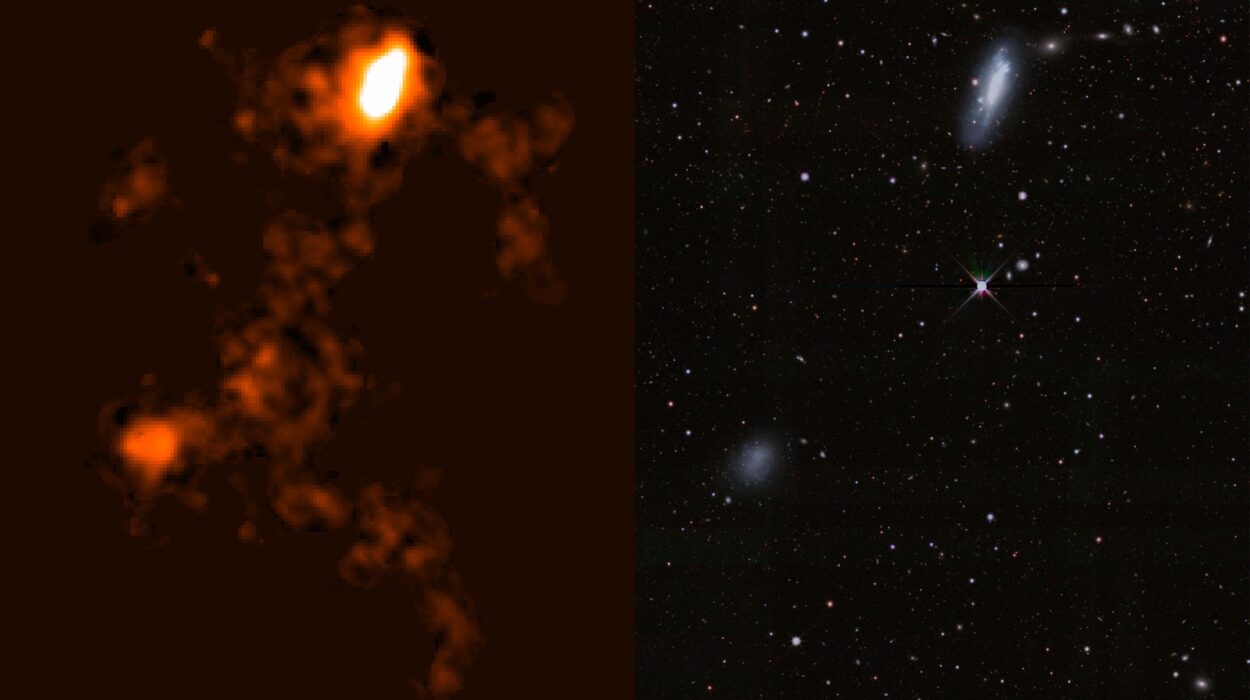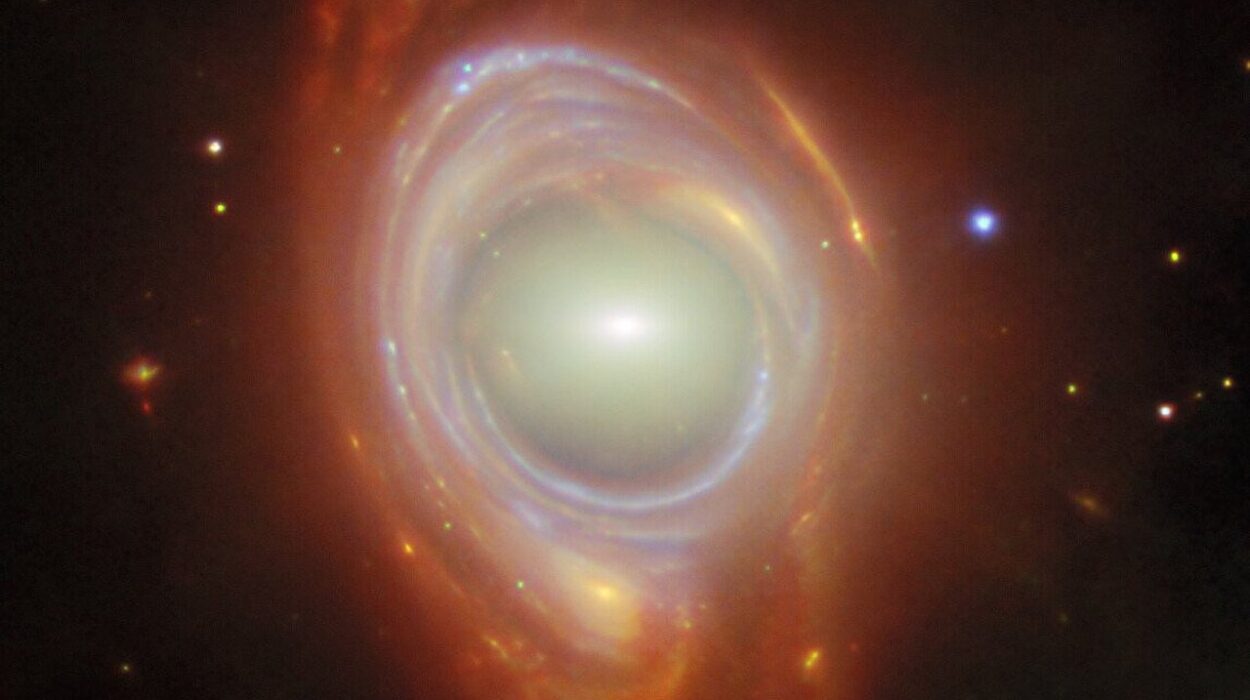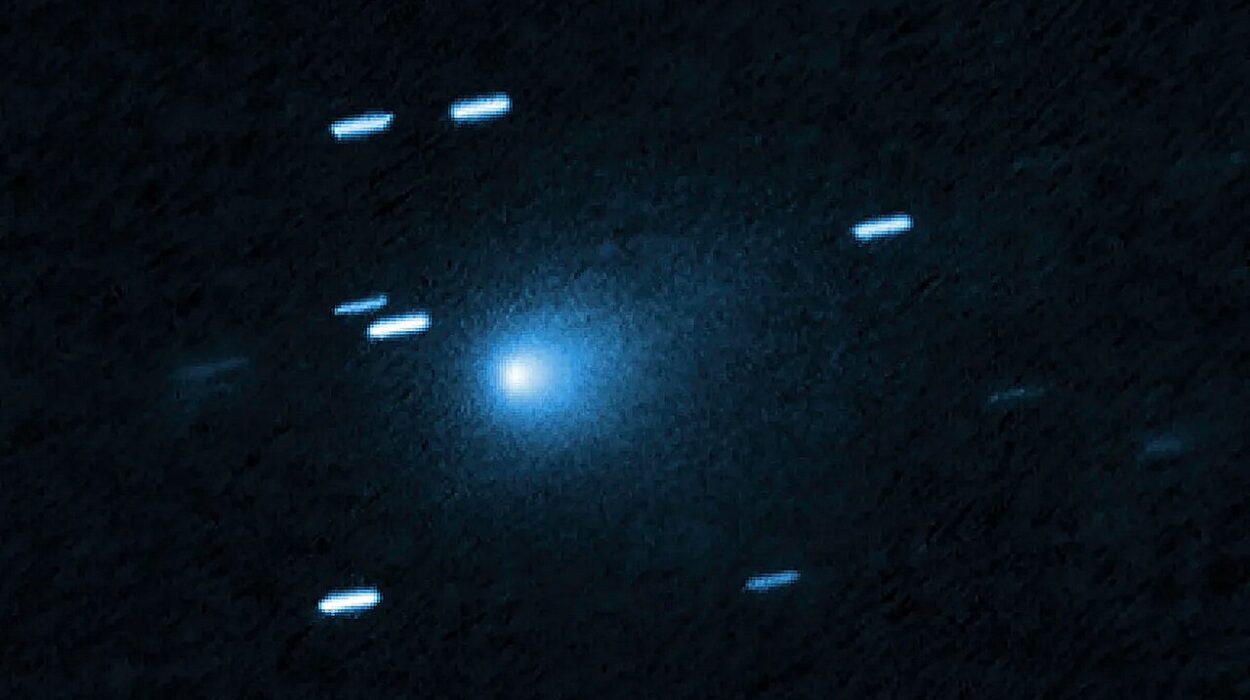Far beyond the glare of city lights, nestled deep in the constellation Taurus some 460 light-years away, a baby star is quietly forming. Hidden in a cradle of gas and dust, this infant sun-like object—known as L1527 IRS—is revealing a secret older than the stars: the presence of semi-heavy water ice that may have formed long before the star itself.
In a groundbreaking study published in The Astrophysical Journal Letters, an international team of astronomers led by Leiden University (Netherlands) and the National Radio Astronomy Observatory (USA) announced the first robust detection of semi-heavy water ice around a forming star. The results suggest that some of the water in our solar system—perhaps even the water in your morning coffee—may have journeyed across cosmic time, largely unchanged since before the birth of our Sun.
This discovery not only rewrites part of the story of our solar system’s origins—it also deepens our connection to the cold, quiet places where stars begin.
A Fingerprint of Ancient Origins
The key to tracing this ancient water lies in its chemistry. Most water molecules are made up of two hydrogen atoms and one oxygen atom—H₂O. But sometimes, one of those hydrogens is replaced by its heavier sibling, deuterium. This variant, known as HDO or “semi-heavy” water, forms under very specific conditions—chiefly, in extremely cold environments like the dark molecular clouds where stars are born.
Katie Slavicinska, a Ph.D. student at Leiden University and lead author of the study, explains that the presence of semi-heavy water is like a cosmic fingerprint, pointing to the water’s place of birth. “Now, with the unprecedented sensitivity of Webb, we observe a beautifully clear semi-heavy water ice signature toward a protostar,” she said.
That protostar, L1527 IRS, is still surrounded by a thick envelope of gas and ice—like a star in its womb. It’s an analog to what scientists think our own Sun may have looked like over 4.6 billion years ago, making it an ideal laboratory to study the earliest ingredients of solar systems.
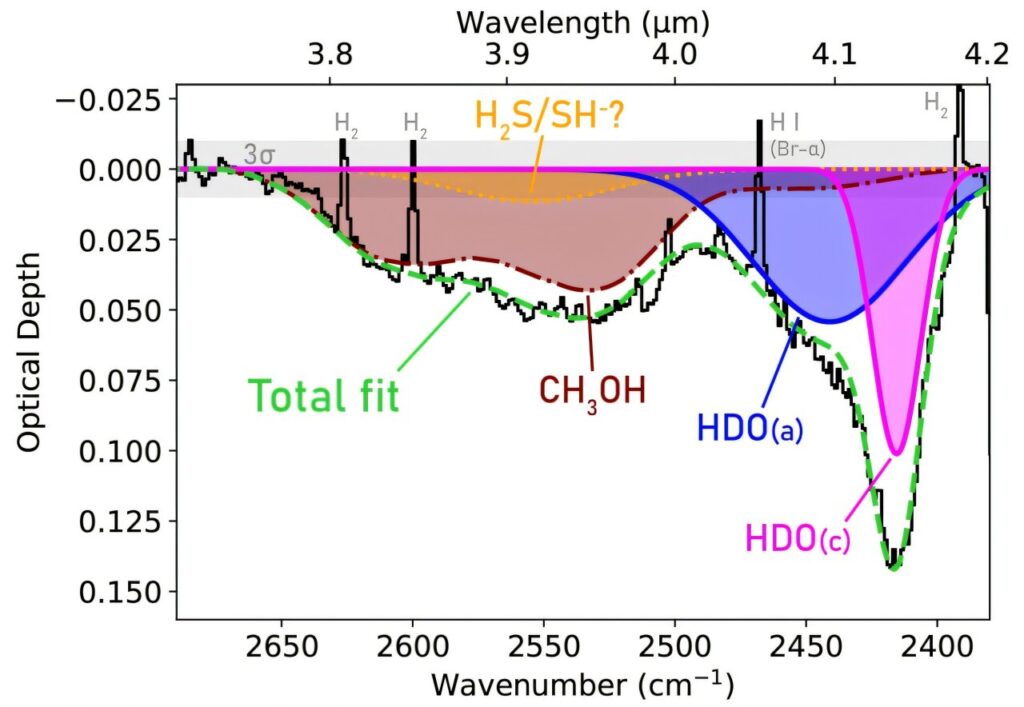
The Power of Webb to See the Invisible
Before the launch of the James Webb Space Telescope (JWST), astronomers could only measure deuterium ratios in the gaseous form of water. But that was a problem. In the gas phase, water molecules can be chemically altered by radiation or interactions with other materials—obscuring their true origins.
Webb changed the game. With its ultra-sensitive infrared instruments, the telescope can detect the frozen form of water—the ice that coats dust grains in deep space—with unparalleled clarity. For the first time, researchers can now directly observe these ancient ices in star-forming regions.
And the results are astonishing.
The water ice around L1527 IRS has a deuterium ratio remarkably similar to what’s been measured in some comets and in the protoplanetary disk of more evolved young stars. That similarity strengthens the idea that water doesn’t just magically appear in each new solar system—it travels across time and space, possibly hitching rides on icy grains from the earliest stages of stellar birth.
“This finding adds to the mounting evidence that the bulk of water ice makes its journey largely unchanged from the earliest to the latest stages of star formation,” said Ewine van Dishoeck, a co-author on the paper and one of the world’s leading experts in astrochemistry.
A Cosmic Origin Story Written in Ice
The deuterium ratio measured in L1527 IRS is slightly higher than that found in Earth’s oceans or in some of the comets that have visited our inner solar system. That discrepancy is both fascinating and puzzling.
It may be that some of Earth’s water underwent chemical changes during the violent process of planet formation. Or perhaps the dark cloud that birthed our Sun had slightly different conditions than the one surrounding L1527. Either way, it’s clear that the universe’s story of water is more complex—and more ancient—than previously believed.
John Tobin, a co-author from the National Radio Astronomy Observatory who leads one of the Webb programs responsible for the observations, emphasized the broader implications. “In several ways, [L1527 IRS] is similar to what we think our Sun was when it began to form,” he said. That makes it a natural target for understanding where our solar system’s water really came from.
Expanding the Cosmic Water Survey
This is only the beginning. Slavicinska and her collaborators are already planning to expand the search for semi-heavy water ice. Future Webb programs will target 30 new protostars and primitive dark clouds, helping to paint a more detailed picture of how water formed and moved through space in the earliest chapters of solar system evolution.
Meanwhile, Tobin is also leading complementary observations with the Atacama Large Millimeter/submillimeter Array (ALMA), which will search for HDO in the gas phase across the same targets—helping astronomers understand the transition from ice to vapor, and how that transition might affect the chemistry of emerging planets.
Together, these programs represent one of the most ambitious efforts yet to trace the origin of Earth’s most essential ingredient: water.
A Drop of Water, A Billion-Year Journey
It’s humbling to consider that every drop of water—every tear, every wave, every snowflake—may carry within it a record of cosmic history. The semi-heavy water detected around L1527 IRS likely began as ice on tiny dust grains in a dark, frigid cloud of gas long before that star began to shine. It may have endured collapse, compression, and radiation. And still, it survived.
That ice, frozen before the Sun itself lit up, reminds us that the elements of life are forged and preserved across eons. Water doesn’t just belong to Earth. It’s a traveler of galaxies. A relic of the universe’s hidden past. And, perhaps, one of its most enduring gifts.
With every new discovery, astronomers inch closer to answering one of the most profound questions we can ask: where do we come from? The answer may be swirling in the icy dark, 460 light-years away—and 4.6 billion years in the making.
Reference: K. Slavicinska et al, HDO ice detected toward an isolated low-mass protostar with JWST, The Astrophysical Journal Letters (2025). doi.org/10.3847/2041-8213/addb45. On arXiv: DOI: 10.48550/arxiv.2505.14686
